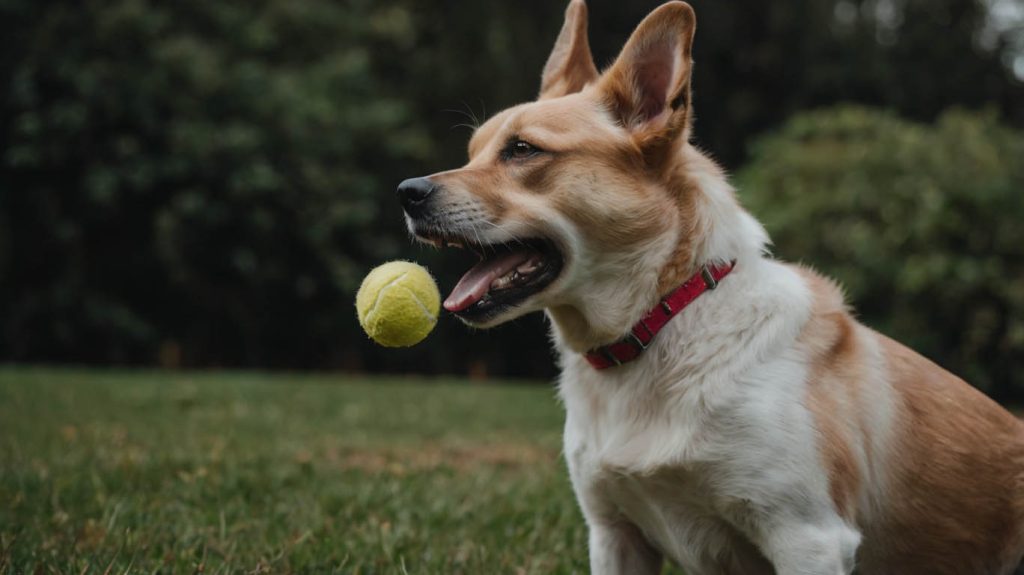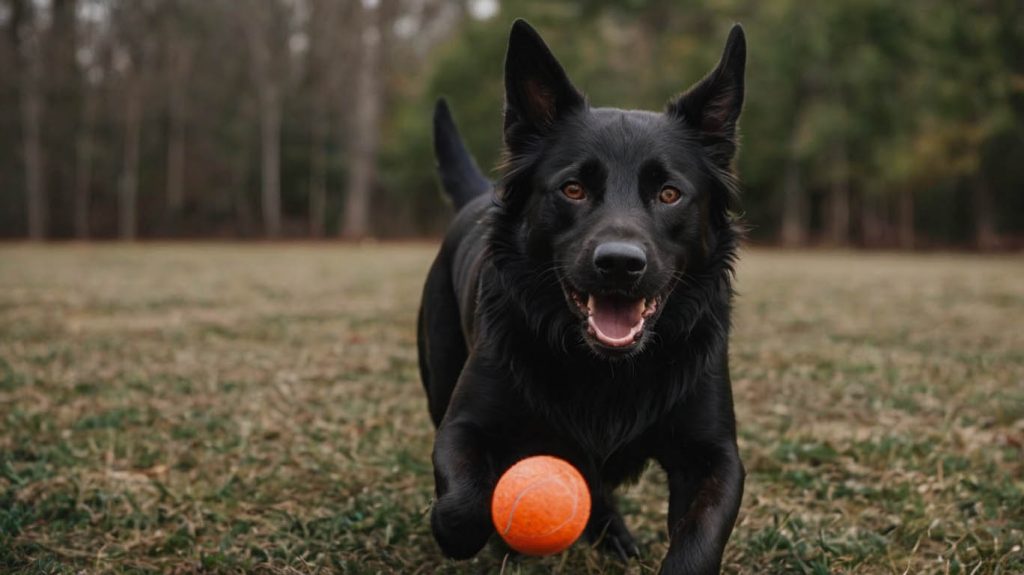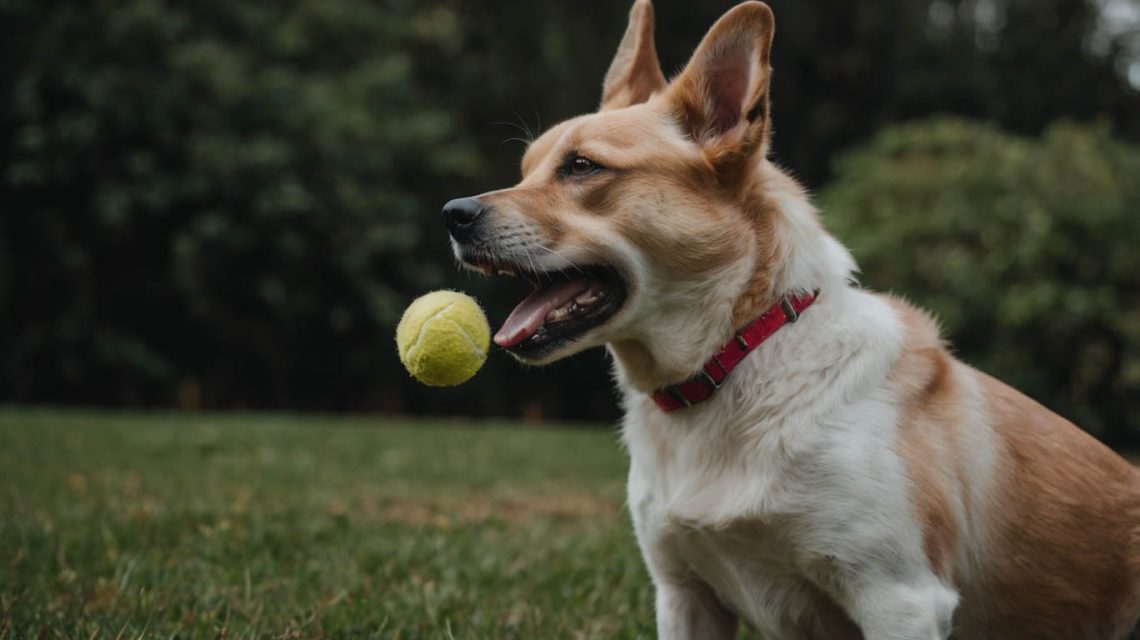If you’ve ever excitedly thrown a ball only to have your dog stare at you in confusion—or worse, chase it and never bring it back—you’re not alone. Many dog owners ask the same question: how do I get my dog to play fetch?
While some dogs naturally take to the game, others need encouragement, clear cues, and plenty of positive reinforcement. But don’t worry—with the right approach, any dog can learn the joy of chasing, retrieving, and returning.
Let’s kick things off with a real story that perfectly captures this common training journey.
Story: Benny’s Journey From Bystander to Fetch Pro
Benny, a three-year-old rescue Beagle, had zero interest in toys when his owner, Lisa, first adopted him. Every time she tossed a ball, Benny would sniff it and walk away. Frustrated but determined, Lisa started researching “how do I get my dog to play fetch.”
She learned the key wasn’t just throwing a toy—it was building desire, establishing commands, and making the whole experience positive. Within three weeks of bite-sized, consistent training, Benny began fetching and returning with his tail wagging. Now, fetch is his favorite game—and Lisa’s go-to tool for exercise and training.

Why It Matters: Benefits of Teaching Fetch to Your Dog
Even if fetch seems like a basic game, it’s one of the best ways to build obedience, burn off excess energy, and strengthen the bond between you and your pup.
Top Reasons to Teach Your Dog to Fetch
- Boosts recall and off-leash control
- Engages your dog mentally and physically
- Improves responsiveness to commands
- Offers healthy stimulation for high-energy breeds
- Builds trust and teamwork between dog and owner
Understanding how do I get my dog to play fetch is about more than play—it’s about meaningful interaction.
Before You Start: What You Need for Successful Fetch Training
Fetch success starts with the right preparation. Here’s what to gather before the first session:
- A toy your dog is interested in (ball, squeaky toy, tug)
- Small treats for quick rewards
- A long leash or hallway to limit distractions
- A clicker (optional but useful for marking behavior)
- Lots of praise, energy, and patience
Now let’s explore how to teach fetch in manageable, enjoyable steps.
How Do I Get My Dog to Play Fetch? Step-by-Step Guide
Step 1 – Build Excitement Around the Toy
Some dogs don’t instinctively care about toys. That’s okay! Your job is to create positive associations.
How to do it:
- Wiggle the toy on the ground like prey
- Use high-energy phrases like “Get it!” or “What’s that?”
- Reward any interaction—sniffing, mouthing, or pawing
- Keep sessions short (2–5 minutes)
This teaches your dog that the toy is worth chasing.
Step 2 – Teach the “Take It” Command
Once your dog finds the toy interesting, train them to pick it up on cue.
Try This:
- Hold out the toy and say, “Take it”
- The moment your dog grabs it, click or say “Yes!” and give a treat
- Repeat until your dog consistently responds
This step lays the groundwork for the fetch motion.
Step 3 – Toss the Toy a Short Distance
Now that your dog understands “Take it,” it’s time to introduce short throws.
Tips:
- Toss the toy 3–5 feet away
- Say, “Fetch!” as you throw
- If your dog grabs it, praise immediately
- If they lose interest, go back to Step 1
Patience here sets the stage for building the full game.
Step 4 – Encourage the Return (“Bring It” or “Come”)
Many dogs run off after catching the toy. Teaching the return is key to a real fetch game.
What to do:
- Call your dog cheerfully: “Come!” or “Bring it!”
- Use body language—kneel, clap, or run backward
- Reward even small progress, like turning toward you
- Use a leash if your dog tends to wander
This reinforces recall in a playful, positive way.
Step 5 – Teach the “Drop It” Command
If your dog returns but won’t let go, fetch becomes frustrating.
Train this separately:
- Offer a treat while saying, “Drop it”
- When the toy is released, praise and reward
- Swap toys if needed—throw another to get the first one back
This command is essential for a full fetch cycle.
Step 6 – Combine the Commands Into a Full Fetch Game
Now it’s time to put it all together. Practice the entire fetch loop in order:
Sequence:
- “Take it” → “Fetch” → “Bring it” → “Drop it”
Repeat 3–5 times per session. Keep training fun and light. Don’t force the game—end while your dog is still interested.

Case Study: How Zoey the Yorkie Learned to Fetch
Zoey, a five-pound Yorkshire Terrier, didn’t seem like the fetch type. Her owner, Marcus, assumed small dogs couldn’t play fetch. But after following a fetch training plan with squeaky toys and gentle tosses, Zoey surprised him.
- Week 1: Learned to chase a soft toy
- Week 2: Practiced returning to a treat lure
- Week 3: Mastered “Drop it” using a toy trade
Now, fetch is part of Zoey’s morning routine and keeps her sharp and happy. This proves every dog—big or small—can learn how to play fetch.
Troubleshooting Common Fetch Problems
My Dog Doesn’t Like Toys
Solution:
Use toys with hidden treats or add peanut butter. Play tug first to build interest before introducing fetch.
My Dog Runs Off With the Toy
Solution:
Avoid chasing. Use a long lead to guide back. Reward when they come near or make eye contact.
My Dog Won’t Drop the Toy
Solution:
Train “drop it” separately. Trade with high-value treats or another toy.
My Dog Gets Bored Quickly
Solution:
Keep sessions under 10 minutes. End while your dog is still excited. Vary toys to maintain interest.
Why Some Dogs Don’t Play Fetch Naturally
Even though dogs are playful by nature, not all of them are born fetchers. Several factors can affect this behavior:
- Breed traits (some were bred to retrieve, others not)
- Lack of early play exposure
- Fear of running or being chased
- Previous negative experiences with toys
- No clear cues or rewards during play
But with time, praise, and consistency, almost every dog can enjoy fetch.
FAQs About How Do I Get My Dog to Play Fetch
Can older dogs learn to fetch?
Yes. Older dogs may need more patience, but fetch training also provides great mental stimulation.
Should I use treats every time?
At first, yes. Gradually phase them out as your dog starts enjoying the game itself.
Is it safe for puppies to fetch?
Absolutely. Use soft toys and avoid long throws to protect growing joints.
Can I teach fetch indoors?
Yes! Hallways and living rooms are great for early training—just use soft toys.
Do all dogs enjoy fetch eventually?
Most do with the right motivation and positive training. However, some may prefer different games like tug or hide-and-seek.
Conclusion: Yes, Your Dog Can Learn to Play Fetch!
If you’re still wondering, “how do I get my dog to play fetch?”—know that the key is structured play, not guesswork. Whether your pup is a lazy lounger or a high-energy runner, fetch can become a fun, rewarding part of your daily routine.
Start small. Stay positive. Celebrate every step forward. Soon, you’ll have a fetch champion eager for their next throw.


